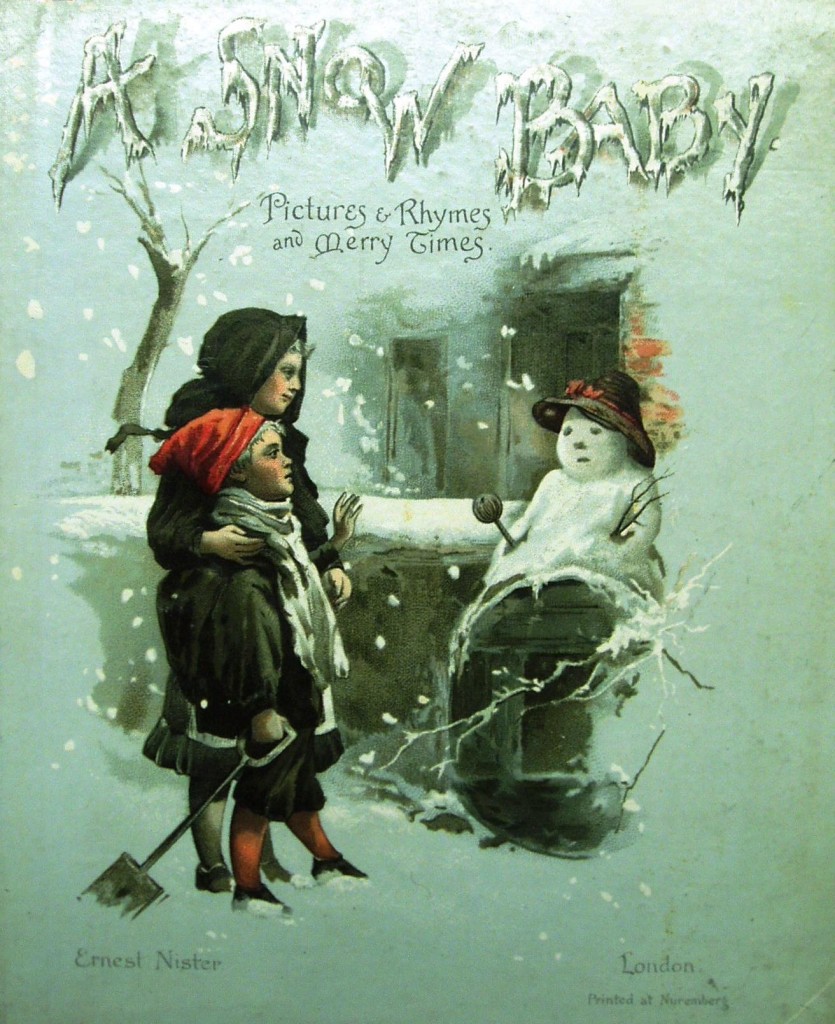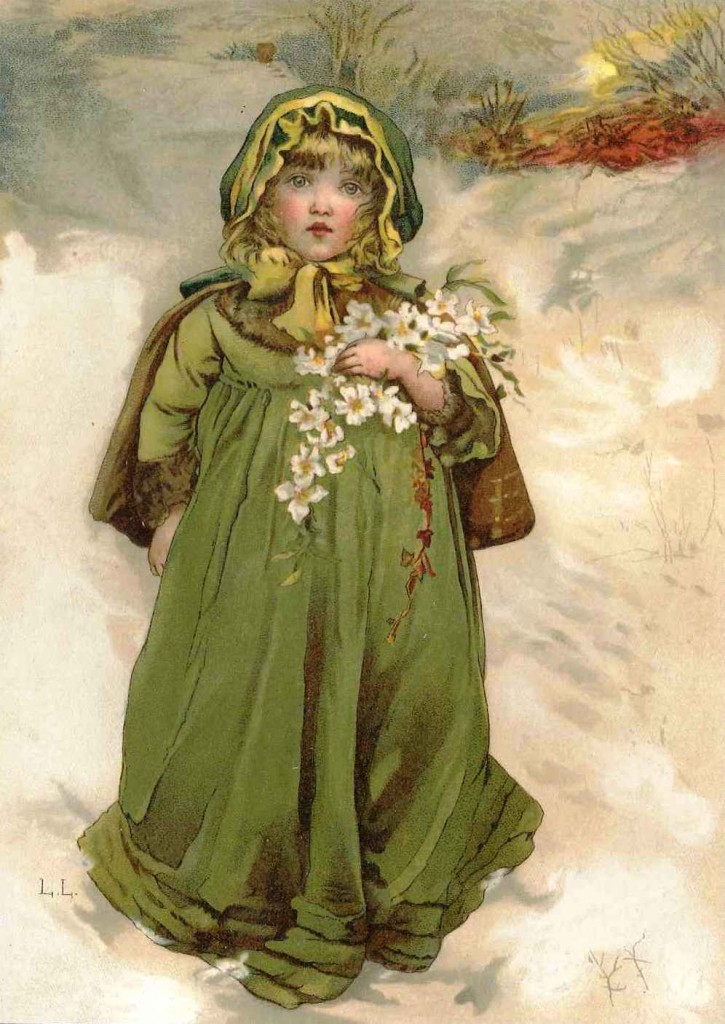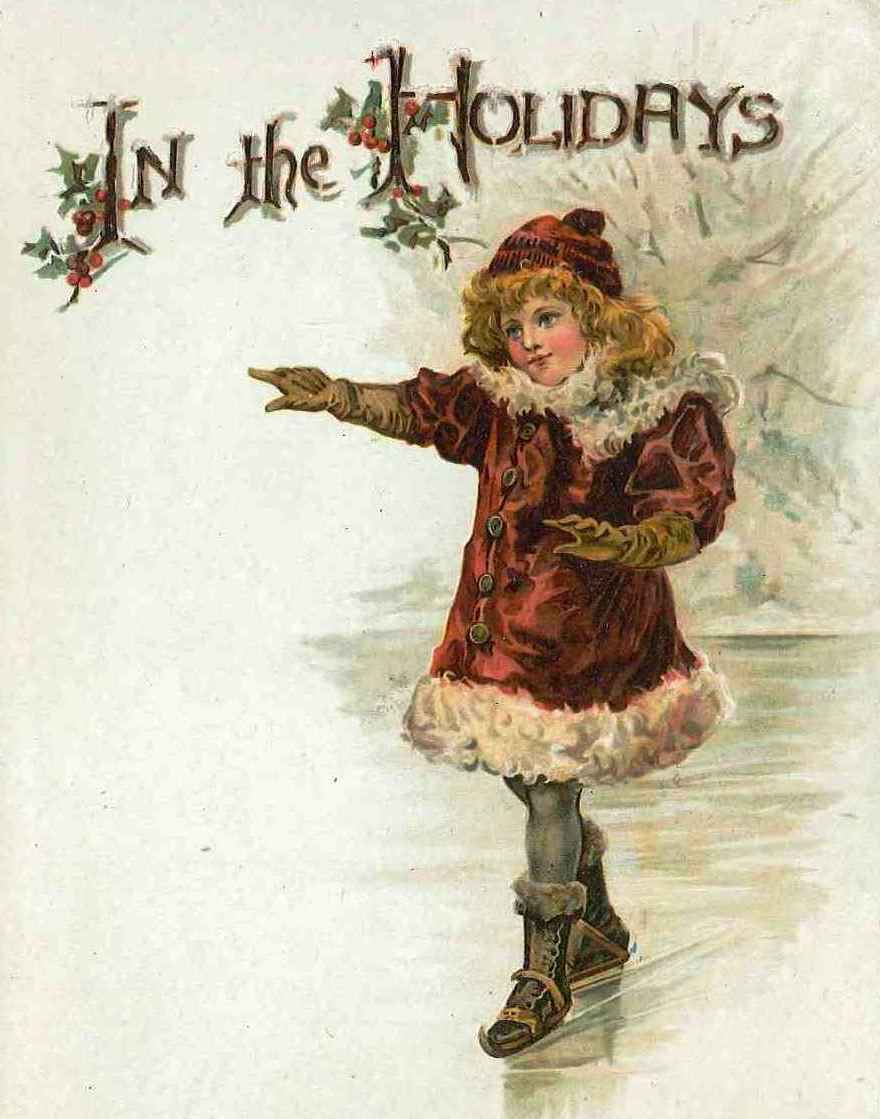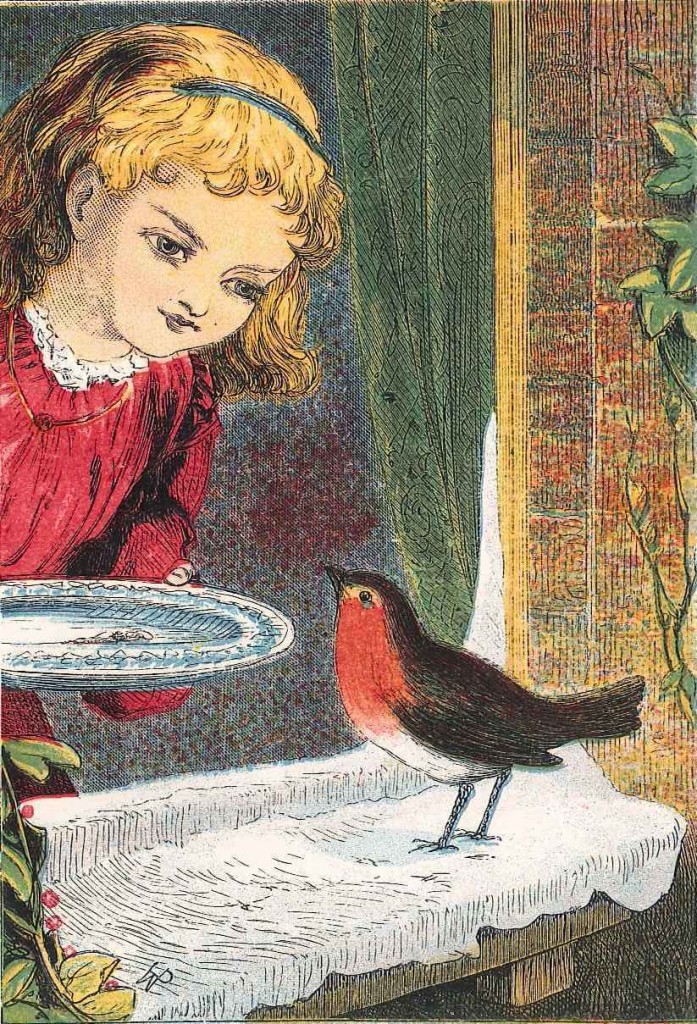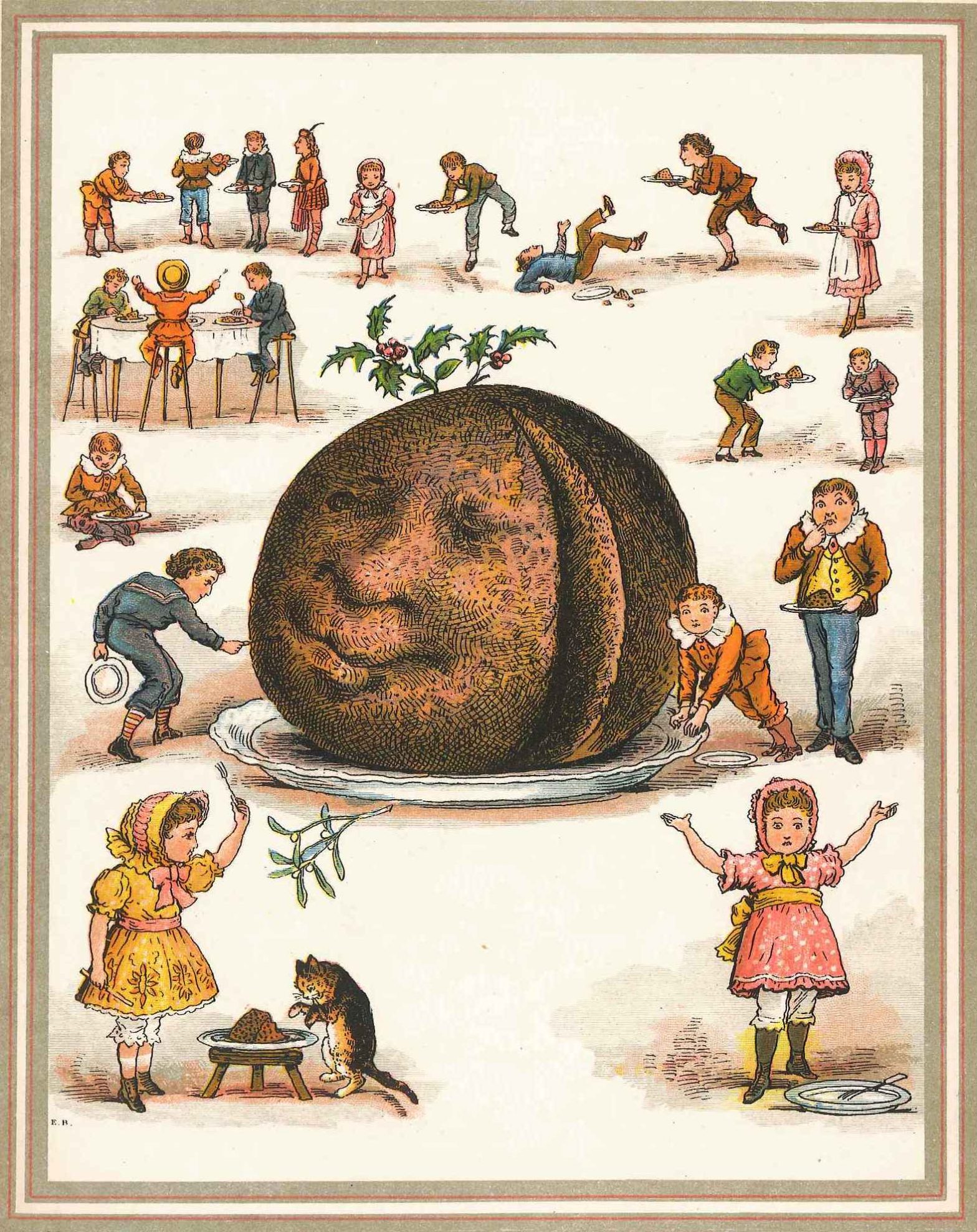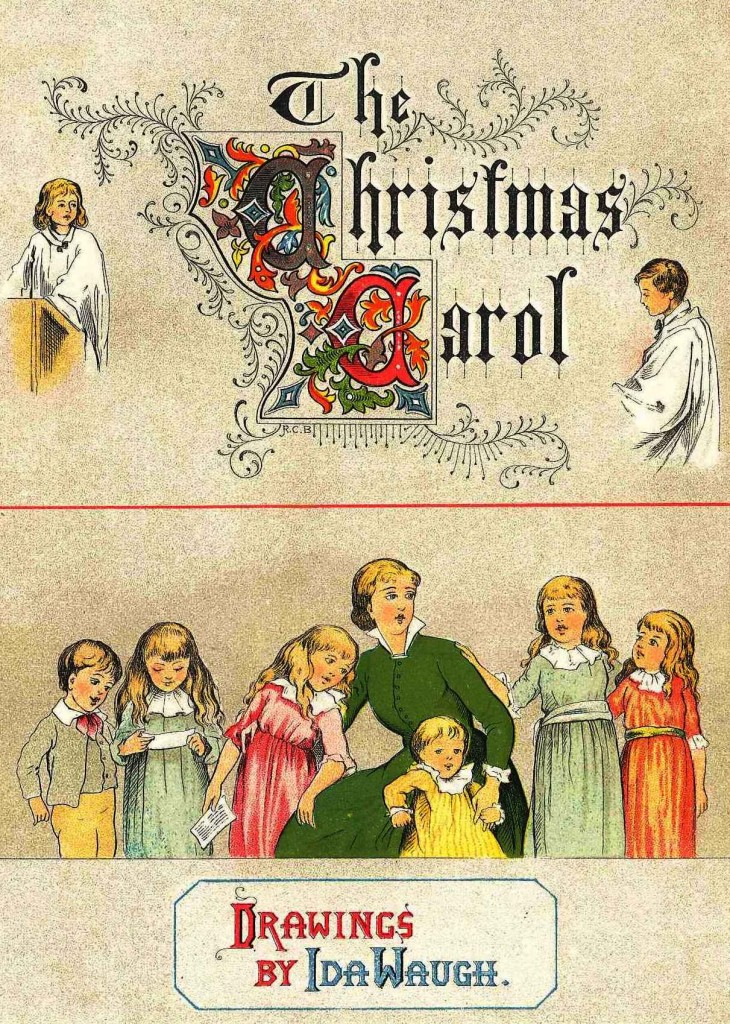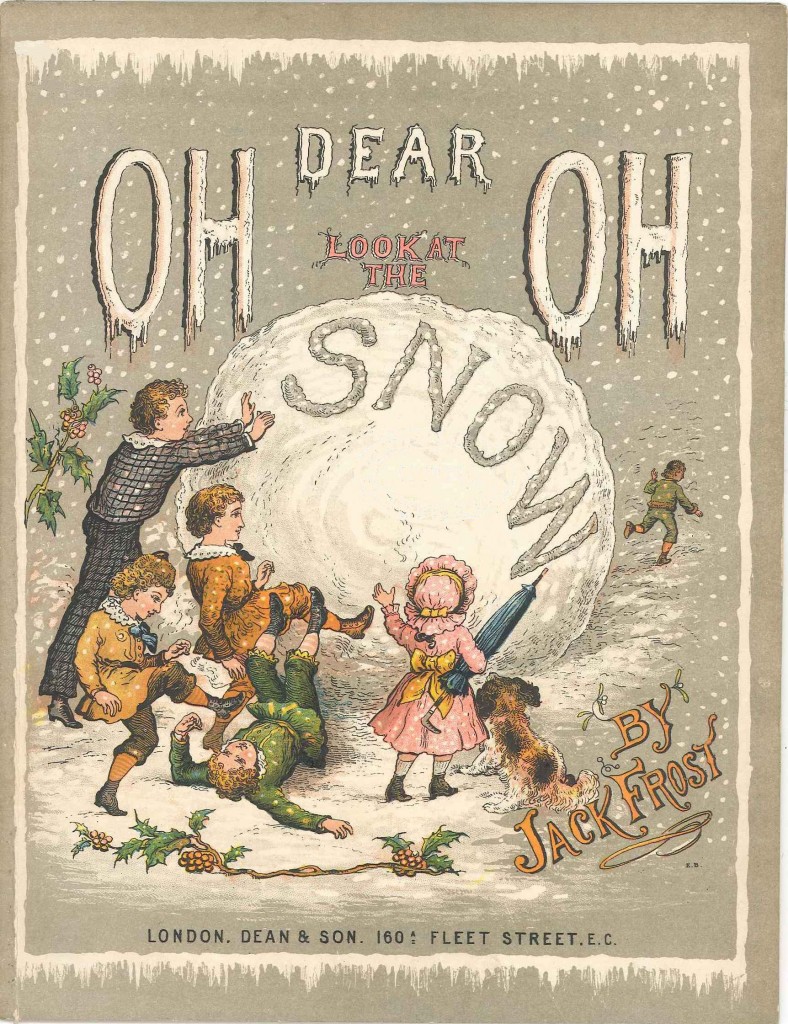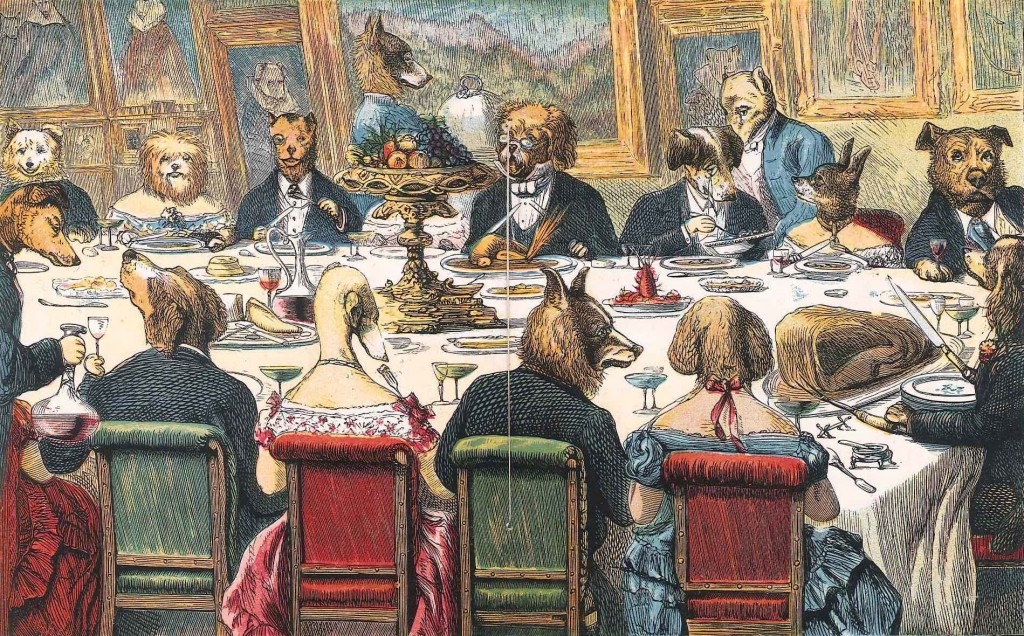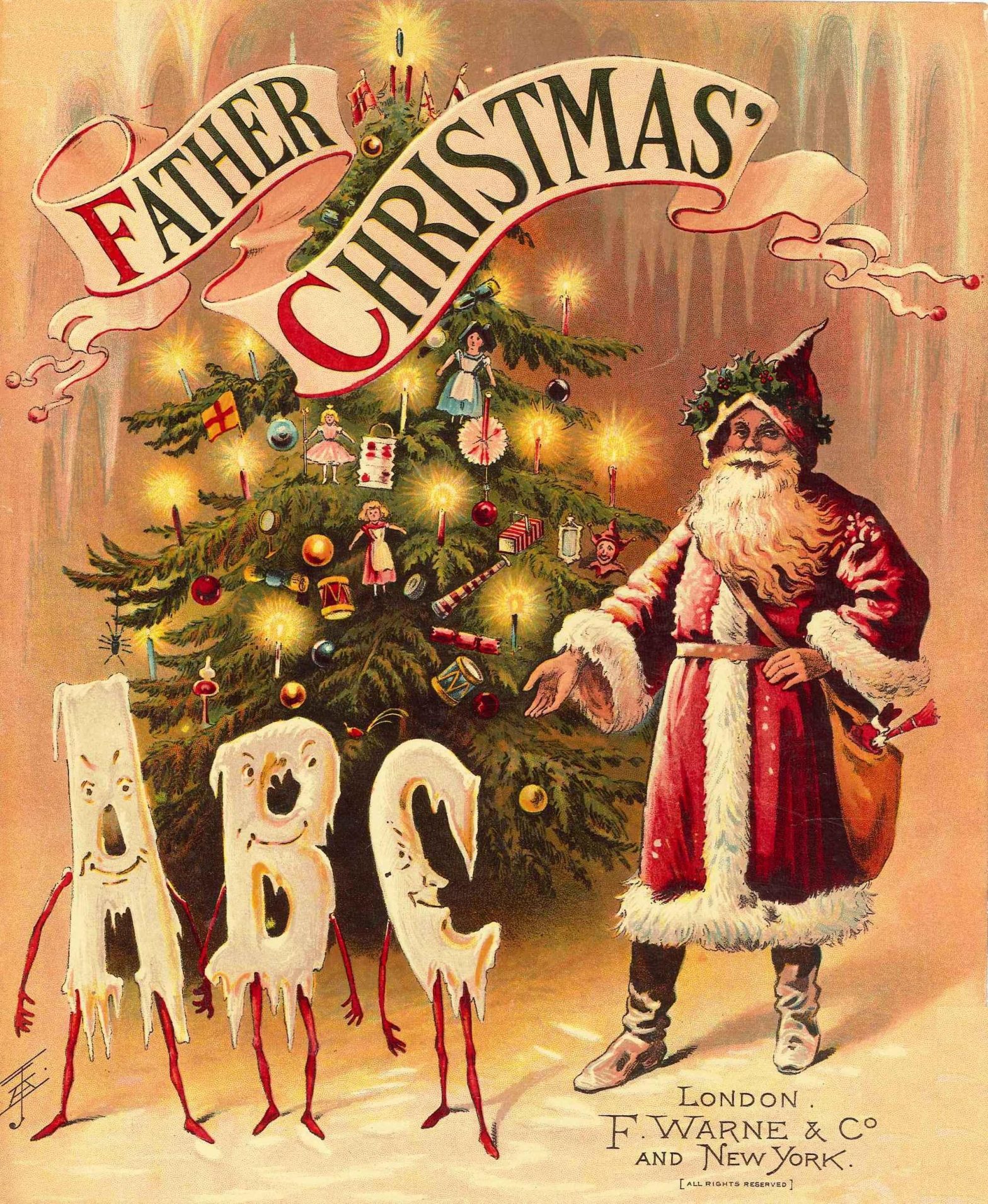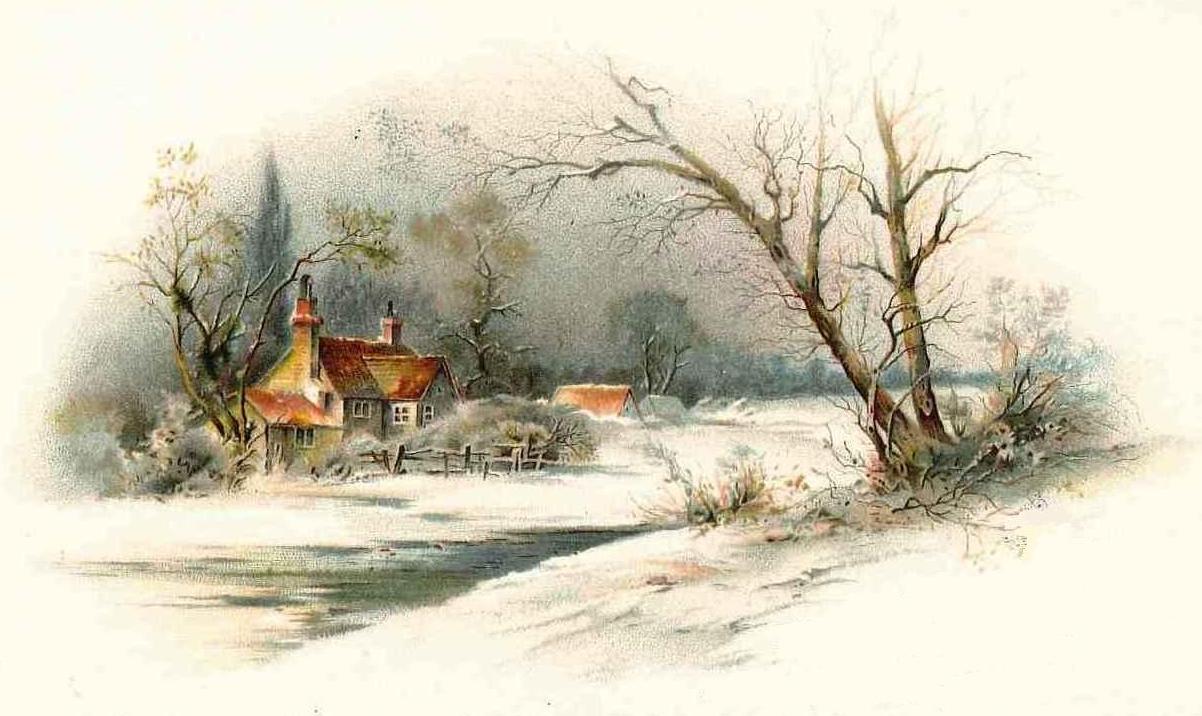This illustration from A Snow Baby: merry rhymes for pleasant times by G. Clifton Bingham (published by Ernest Nister, 1889) is of a small snow figure made out of actual snow, but snow babies, as solid figurines that wouldn’t melt, evolved out of early 19th century German cake decorations made from flour, sugar and gum,…
Category: Rosalind Esche
Fourteenth Day of Advent
Bring frost, bring snow, Come winter, bring us holly. Bring joy at Christmas, Off with melancholy! from Christmas Roses by Lizzie Lawson and Robert Ellice Mack, published in London by Griffith, Farran & Company, 1887. Here is a classic Victorian portrayal of an idealised, angelic little girl, with her rosy cheeks, blonde hair and blue…
Twelfth Day of Advent
Away they went, helter-skelter! Tom and Joe, Bob and Dick, and Harry Price from Blackberry Farm, and Bessie, the lodge-keeper’s little daughter, shouting and laughing, past the mill and over the turnip-field, for school had broken up, and they had a whole month’s holiday to look forward to. From In the Holidays by Graham Clifton…
Eleventh Day of Advent
With cold and with hunger half-famish’d and weak Then tap at my window again with your beak, Nor shall your petition be vain; You shall fly to my bosom and perch on my thumbs, Or hop round the table and pick up the crumbs, And need not be hungry again From Cock Robin’s Picture Book…
Tenth Day of Advent
Twice ten are twenty, We shall all have plenty, Each a slice, how very nice! From ‘Oh Dear Oh Look at the Snow’ by Jack Frost, published in London by Dean & Son, 1884 Another delightful illustration by E.B., whose tiny initials you can see at the bottom left hand corner, against the border…
Ninth Day of Advent
Peace on earth, good-will towards men, Peaceful messengers are they, Snowflakes, falling from the sky, Sent to earth on Christmas Day. The Christmas Carol, drawings by Ida Waugh, published in The Holly Series, by Griffiths & Farran, 1881 Ida Waugh (1846-1919) was an American illustrator of children’s books, which she produced with her lifelong…
Eighth Day of Advent
Keep on rolling as fast as you can go ! The further you push it, the more you’ll have to show. See! it’s getting larger ! Push with all your might ! Wait a little longer, – Won’t it be a sight ! From ‘Oh Dear Oh Look at the Snow’ by Jack Frost, published…
Seventh Day of Advent
At last the day of the grand dinner-party arrived, and the guests all assembled, in good spirits, with keen appetites for the feast. Never had so many sleek, well-dressed dogs met together before, and the variety of their coats and countenances was very striking. from Cock Robin’s Picture Book printed in colours by Kronheim &…
Sixth Day of Advent
From “Father Christmas’ ABC” published by F. Warne & Co., 1894, illustrated by Alfred J. Johnson.
Fifth Day of Advent
The earth, in colours brown and gray, Seems to forget to lure the sunbeam’s ray, And bathed in shadow, loves the shrouding mist, That cometh silently, and having kissed The hill-crest, and the valley, fades from sight. From ‘Christmas Joy and Peace’ by Dora Ross, published by the Religious Tract Society, 1897 The Religious…
